Health and Fitness Awareness
The rising awareness of health and fitness among consumers significantly influences the Bicycle Market. As individuals become more health-conscious, cycling emerges as an attractive form of exercise that promotes cardiovascular health and overall well-being. This trend is reflected in the increasing sales of bicycles, with many consumers opting for cycling as a primary mode of physical activity. Data indicates that the fitness segment of the Bicycle Market has expanded, with a growing number of cycling clubs and events encouraging participation. Furthermore, the emphasis on outdoor activities and recreational cycling contributes to the industry's growth, as more people seek enjoyable ways to maintain their fitness.
Government Policies and Incentives
Government policies and incentives are increasingly shaping the Bicycle Market. Many governments are implementing initiatives aimed at promoting cycling as a sustainable mode of transport. These policies often include subsidies for bicycle purchases, tax breaks for manufacturers, and investments in cycling infrastructure. Such measures not only encourage consumers to choose bicycles over cars but also stimulate industry growth. Recent data indicates that regions with supportive policies experience higher rates of bicycle ownership and usage. This trend suggests that as governments continue to prioritize sustainable transport solutions, the Bicycle Market will likely expand, driven by both consumer demand and supportive regulatory frameworks.
Environmental Concerns and Sustainability
The heightened awareness of environmental issues is driving a significant shift in consumer preferences within the Bicycle Market. As concerns about climate change and pollution escalate, bicycles are increasingly viewed as eco-friendly transportation alternatives. This perception is bolstered by government initiatives promoting sustainable transport solutions, which often include incentives for cycling. The Bicycle Market benefits from this trend, as consumers gravitate towards products that align with their values of sustainability. Recent statistics indicate a surge in electric bicycle sales, which combine convenience with reduced carbon footprints, further enhancing the industry's appeal. This alignment with environmental consciousness suggests a promising future for the Bicycle Market.
Technological Innovations in Bicycle Design
Technological advancements play a crucial role in shaping the Bicycle Market. Innovations in materials, design, and manufacturing processes have led to the development of lighter, more durable bicycles that cater to diverse consumer needs. The introduction of smart bicycles equipped with GPS, fitness tracking, and connectivity features has attracted tech-savvy consumers, expanding the market reach. Data shows that the integration of technology into bicycles has resulted in increased sales, particularly among younger demographics. As manufacturers continue to invest in research and development, the Bicycle Market is likely to witness further growth driven by these technological enhancements, appealing to a broader audience.
Urbanization and Infrastructure Development
The ongoing trend of urbanization appears to be a pivotal driver for the Bicycle Market. As cities expand and populations increase, the demand for efficient and sustainable transportation options intensifies. Urban planners are increasingly incorporating bicycle lanes and infrastructure into city designs, promoting cycling as a viable alternative to motor vehicles. This shift not only alleviates traffic congestion but also addresses environmental concerns. According to recent data, cities that invest in cycling infrastructure witness a notable increase in bicycle usage, which in turn stimulates the Bicycle Market. The integration of bicycles into public transport systems further enhances their appeal, suggesting a robust growth trajectory for the industry.
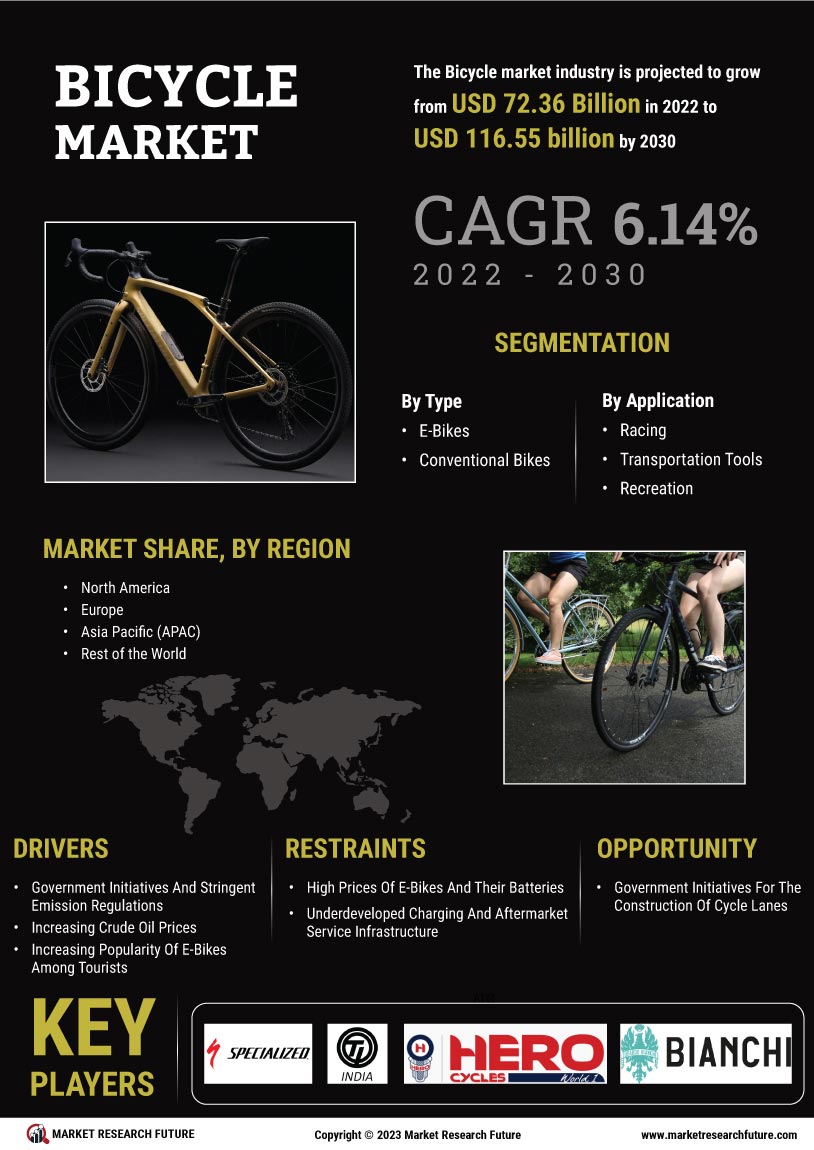


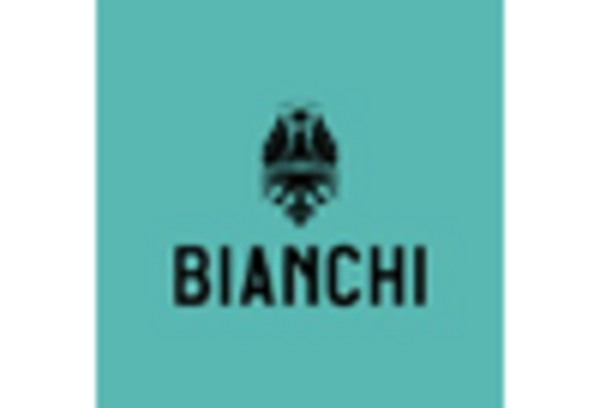
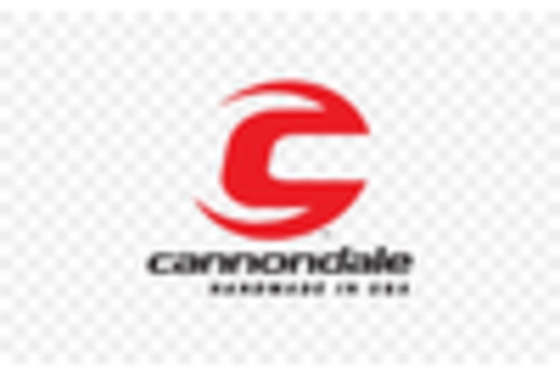
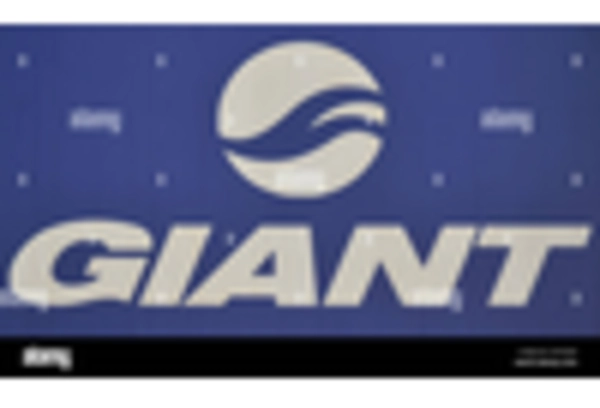
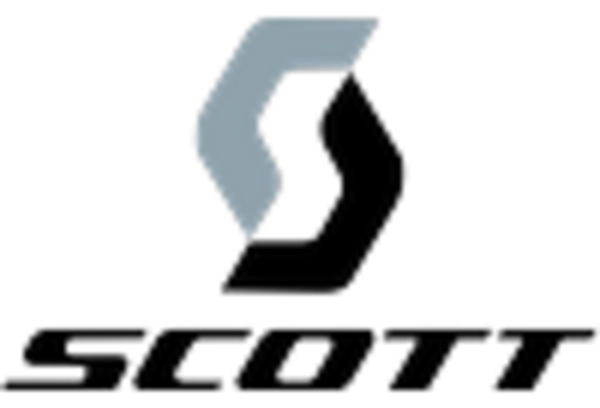

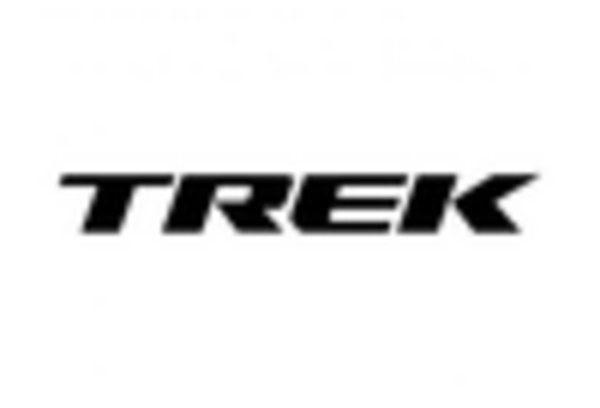








Leave a Comment